Jennifer Stockwell, National Cyber Security Advisor at Telstra, moderated the panel: Cyber Crime, the changing landscape, insider threats
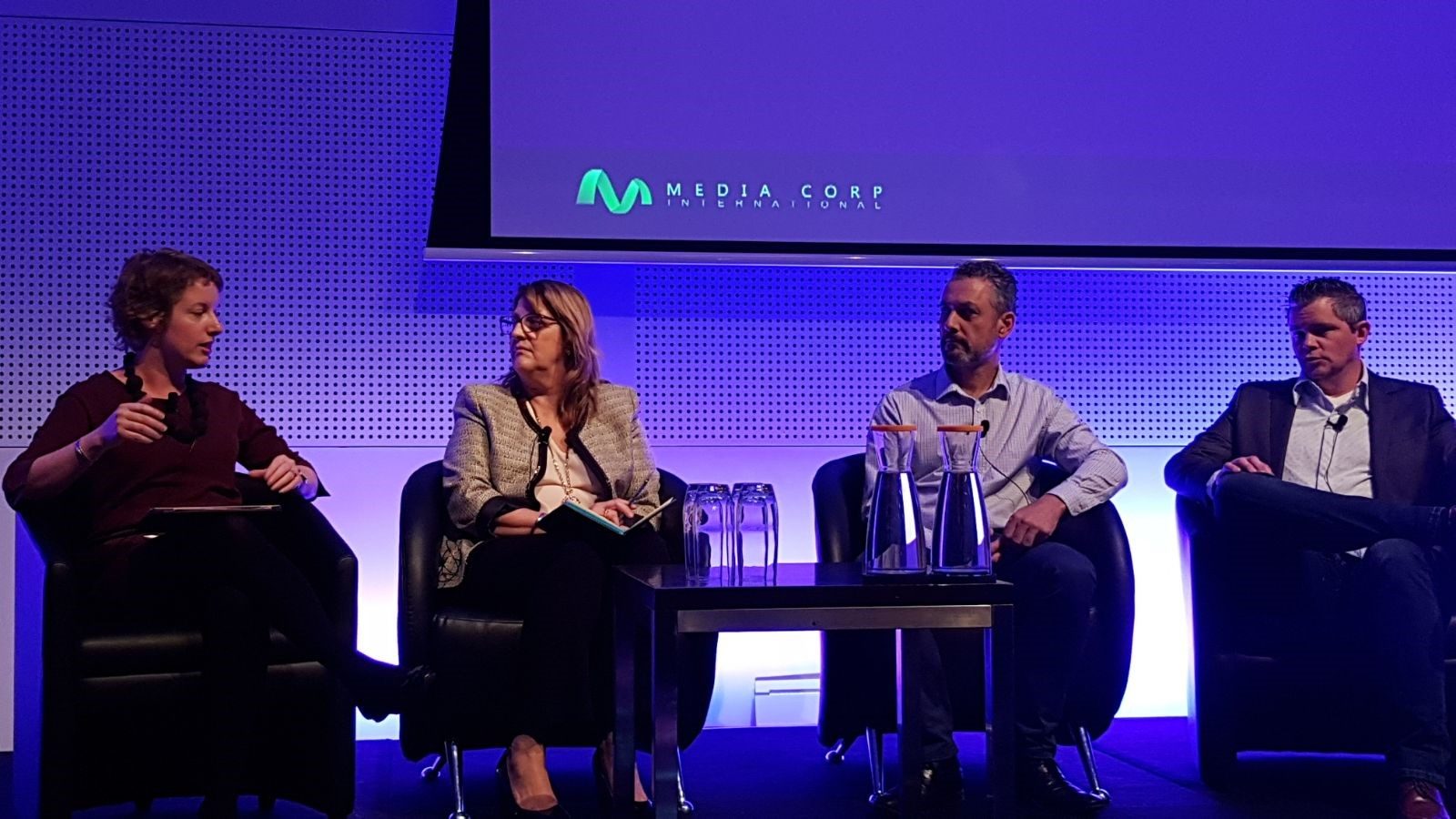
Panellists included:
– Liam Connelly, Head of Cyber Security, SEEK
– Sandra Barns, Chief Technology Officer, Vic Super
– Detective Sergeant Spiros Drossos, Team Leader, Cybercrime Operations, Melbourne
The session covered:
– What are our security leaders’ priorities in the current cyber threat landscape?
– What does the next generation of cybercrime threats look like and how should industry/law enforcement engagement evolve to address this?
– With limited resources, how much can/should businesses focus on the insider vs. external threats?
– We increasingly learn of hybrid threats e.g. influencing/information operations combined with espionage – what do we need to change to minimise the impact? And whose responsibility is it?
ABOUT JENNIFER STOCKWELL
Jennifer is a Cyber Intelligence and Security specialist who has led cybercrime and intelligence projects in the UK, Middle East and Australia. As a trusted advisor to Telstra’s CISO Asia Pacific, Jen currently oversees Telstra’s partnerships and engagement with government on all things cyber security and cyber policy.
ABOUT LIAM CONNELLY
Liam Connolly is Head of Cyber Security for SEEK, where he is responsible for all aspects of cyber security. He has more than 15 years of progressive information security experience in a wide range of disciplines, including incident response and forensic investigations, security operations, application security, threat intelligence, security training, governance, risk management and compliance.
Prior to coming to SEEK, Liam was the CISO for Zynga and has held security leadership and technical roles at HSBC, AT&T, and University of California, Berkeley. Connolly’s expertise is in working with organisations to assess their information security risk posture to better understand their security-related risks and then designing, implementing and managing a security program – often from the ground-up – that is aligned to the organisations culture, vision and strategic initiatives.
ABOUT SANDRA BARNS
Sandra was appointed Chief Technology Officer and CISO of VicSuper in January 2018. Sandra is responsible for Technology Strategy, Operational Systems, and Information Security across the Fund, supporting and enabling business growth and retention, delivering transformational change to achieve our strategic and operational goals, and enabling business efficiency to deliver value for Members. Sandra is a seasoned technology professional with extensive experience in financial services, superannuation, technology and technology- enabled transformational change. Most recently she was the Chief Technology and Security Officer at AustralianSuper, and previously held senior roles at NAB, Goldman Sachs and Tabcorp.
ABOUT DETECTIVE SERGEANT SPIROS DROSSOS
Detective Sergeant Spiros DROSSOS is the Team Leader of the AFP Cyber Crime Operations Team in Melbourne. He recently commenced leading the team after over 12 years investigative experience in Counter Terrorism. He has contributed over 25 years in Australian policing, across a number of jurisdictions, with deployments in community State policing and country policing with Victoria Police. Internationally, as the Counter Terrorism Liaison Officer in Washington and as a Senior Investigating Officer in Joint Counter Terrorism Team investigations. Most recently, he executed leadership roles on a number of domestic terrorism plot cases, including, Operations Rising, Amberd and Kastleholm in Melbourne and the resolution of Operation Middleham in Far North Queensland. He has a Bachelor of Science with Honours in Geology, but gave up looking for clues in rocks and now looks for clues in computers.




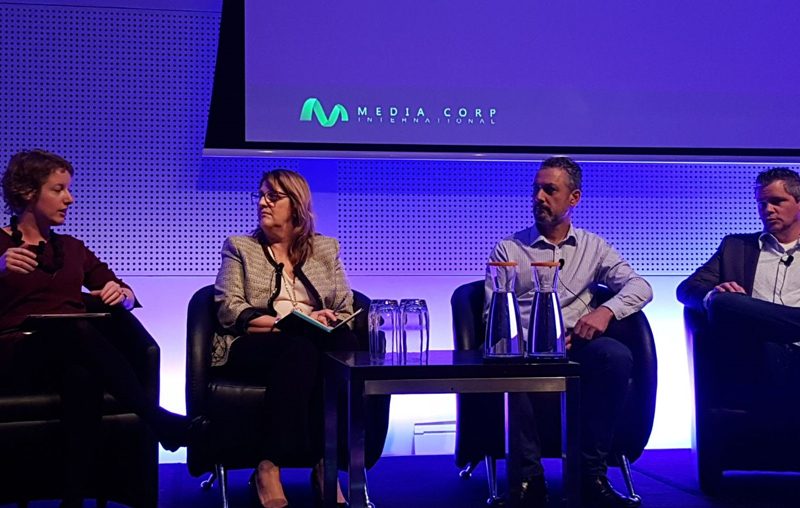
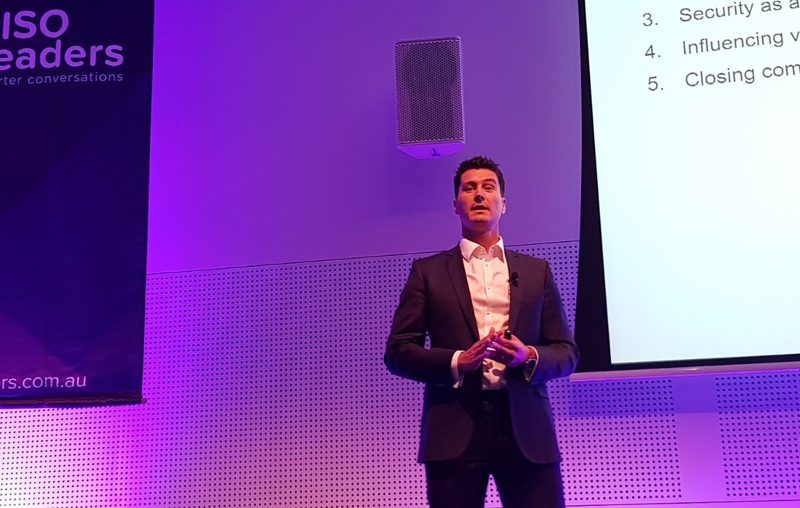
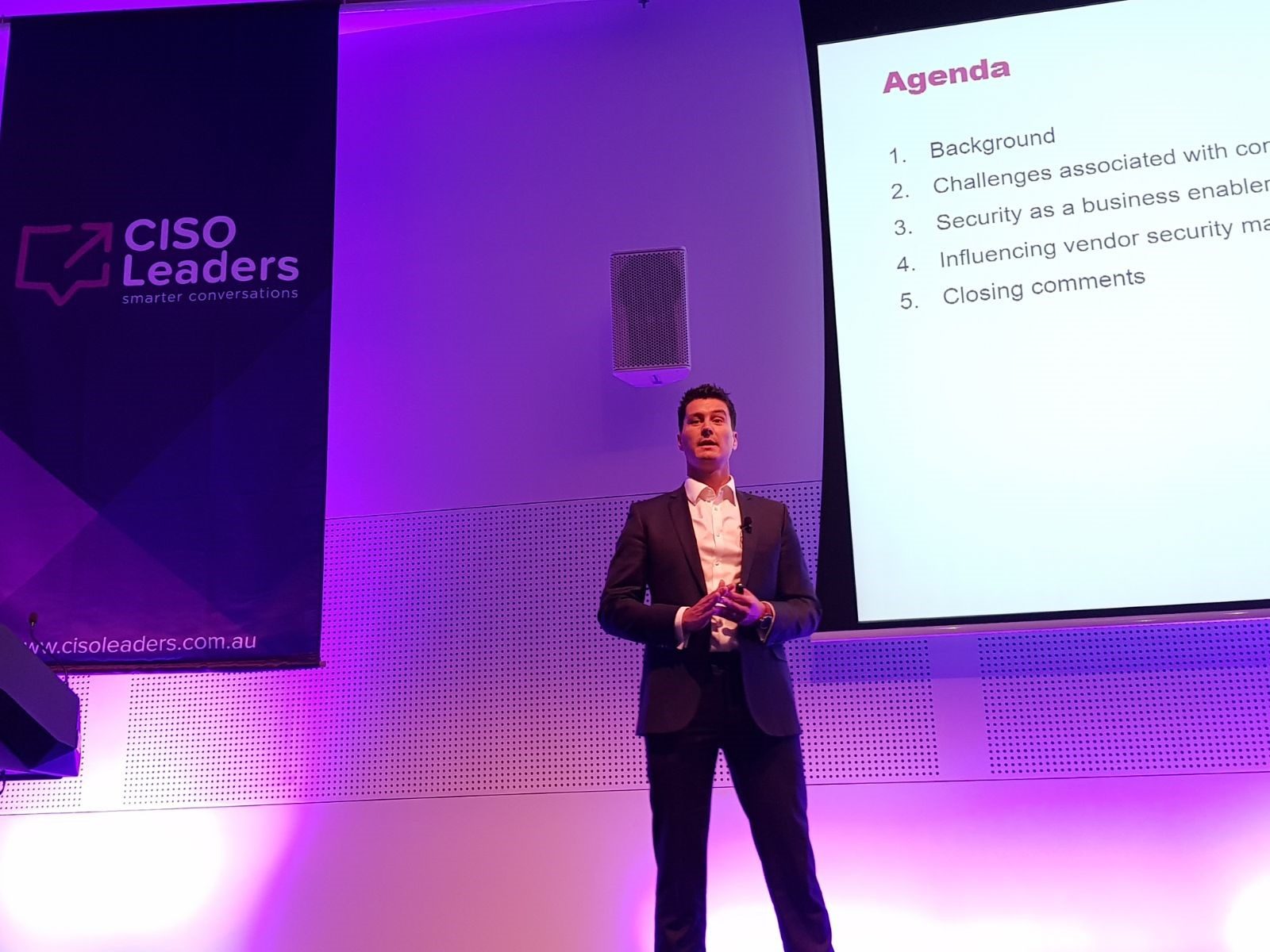

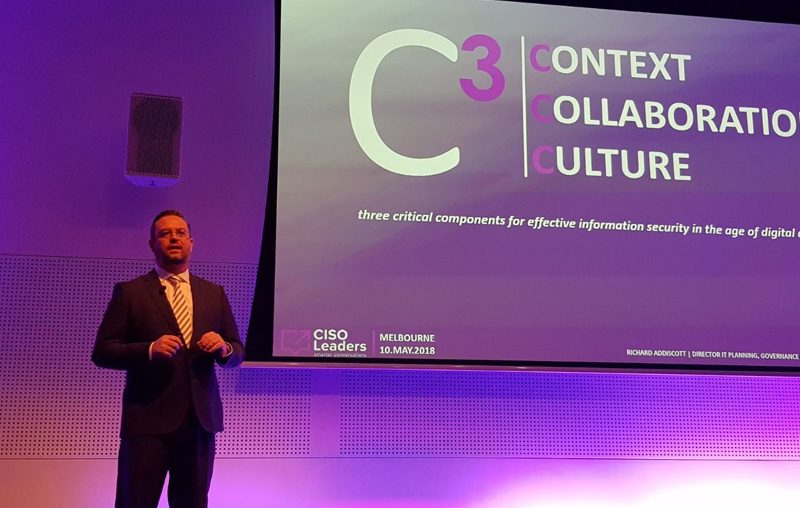
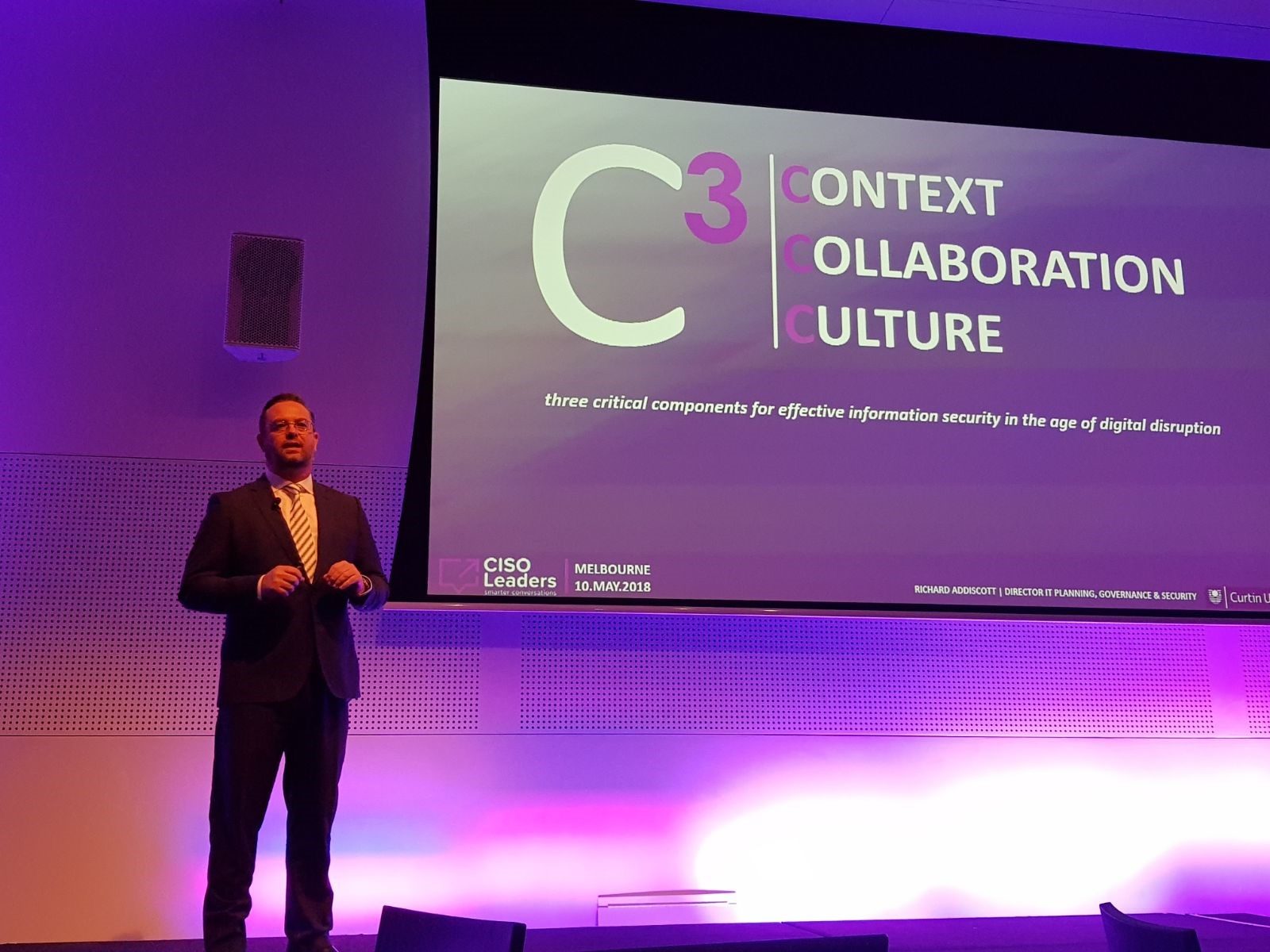
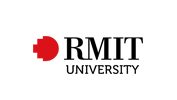
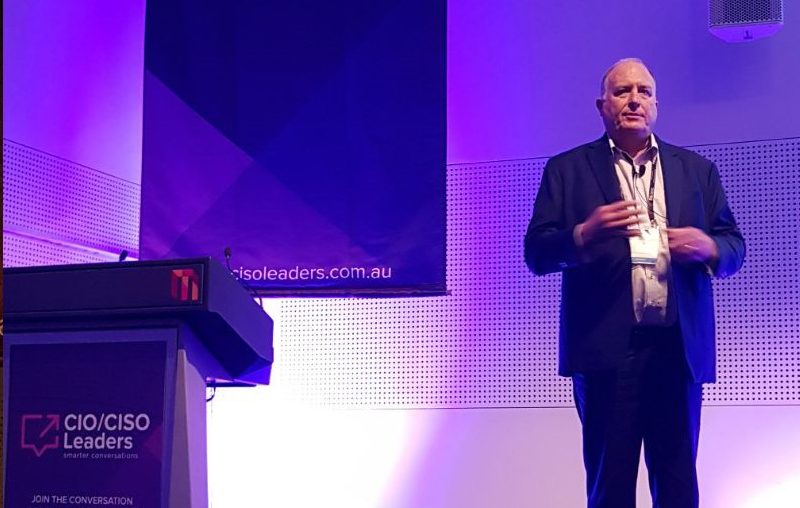
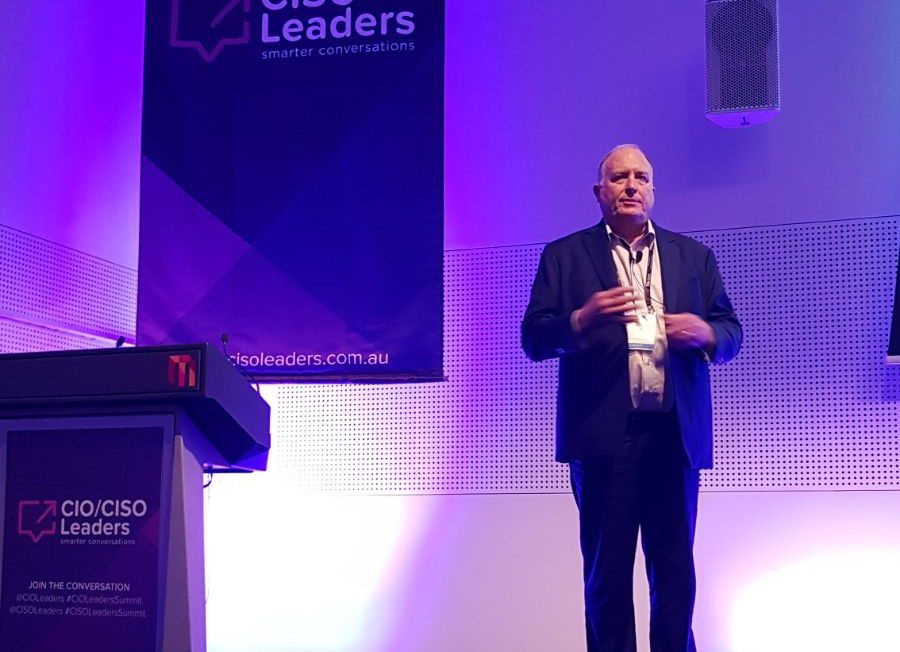

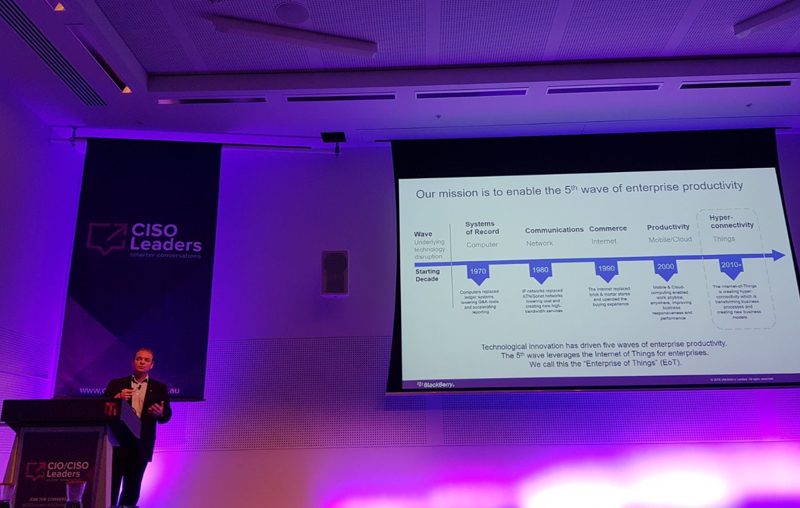
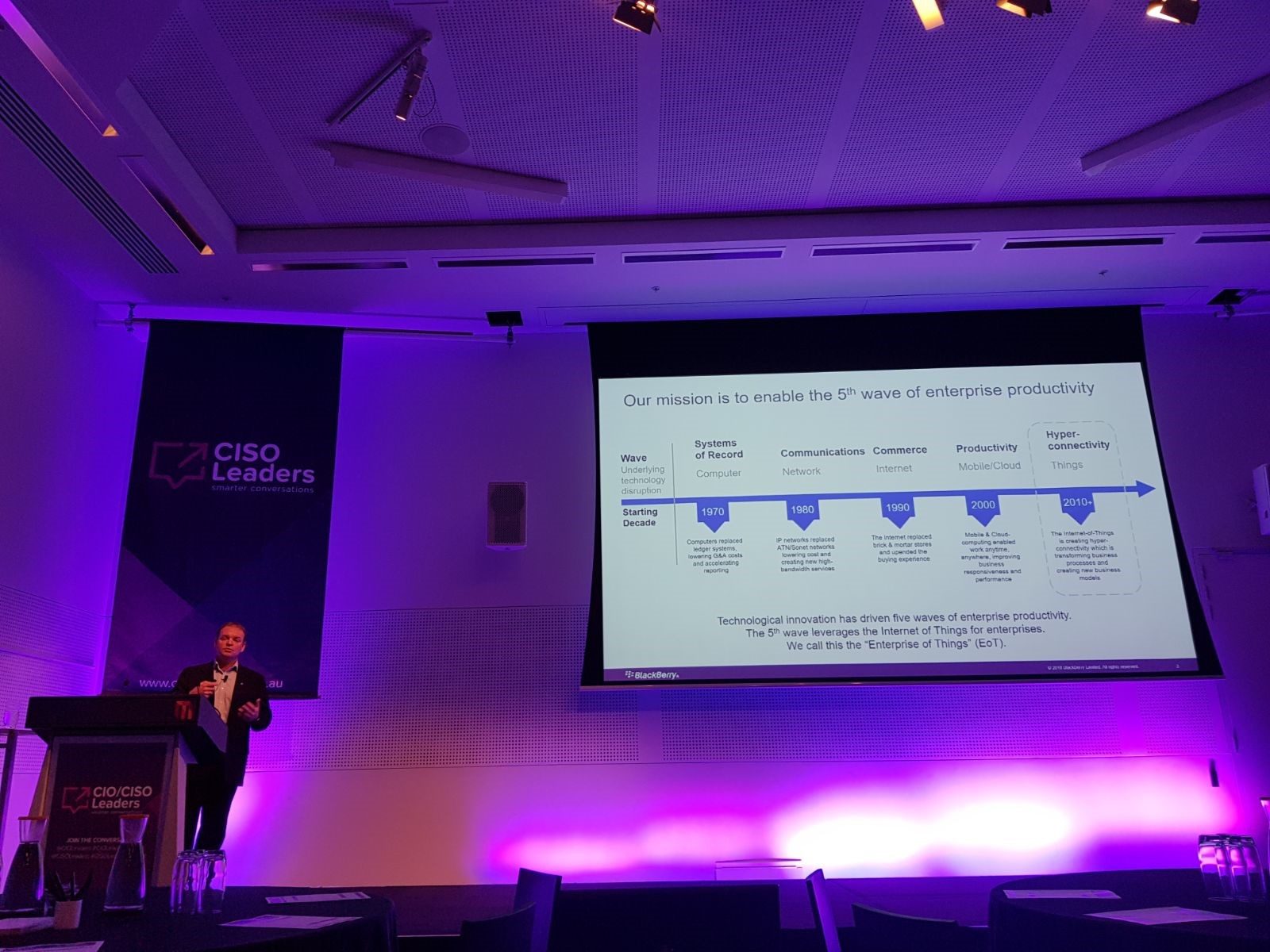

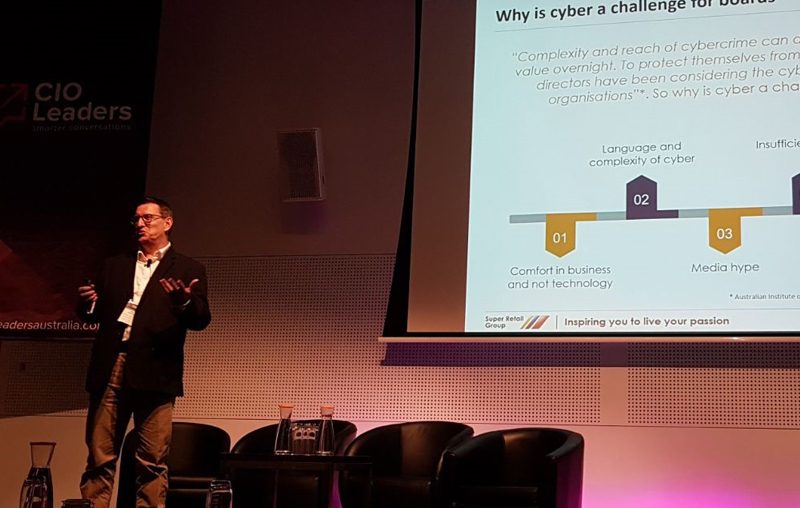
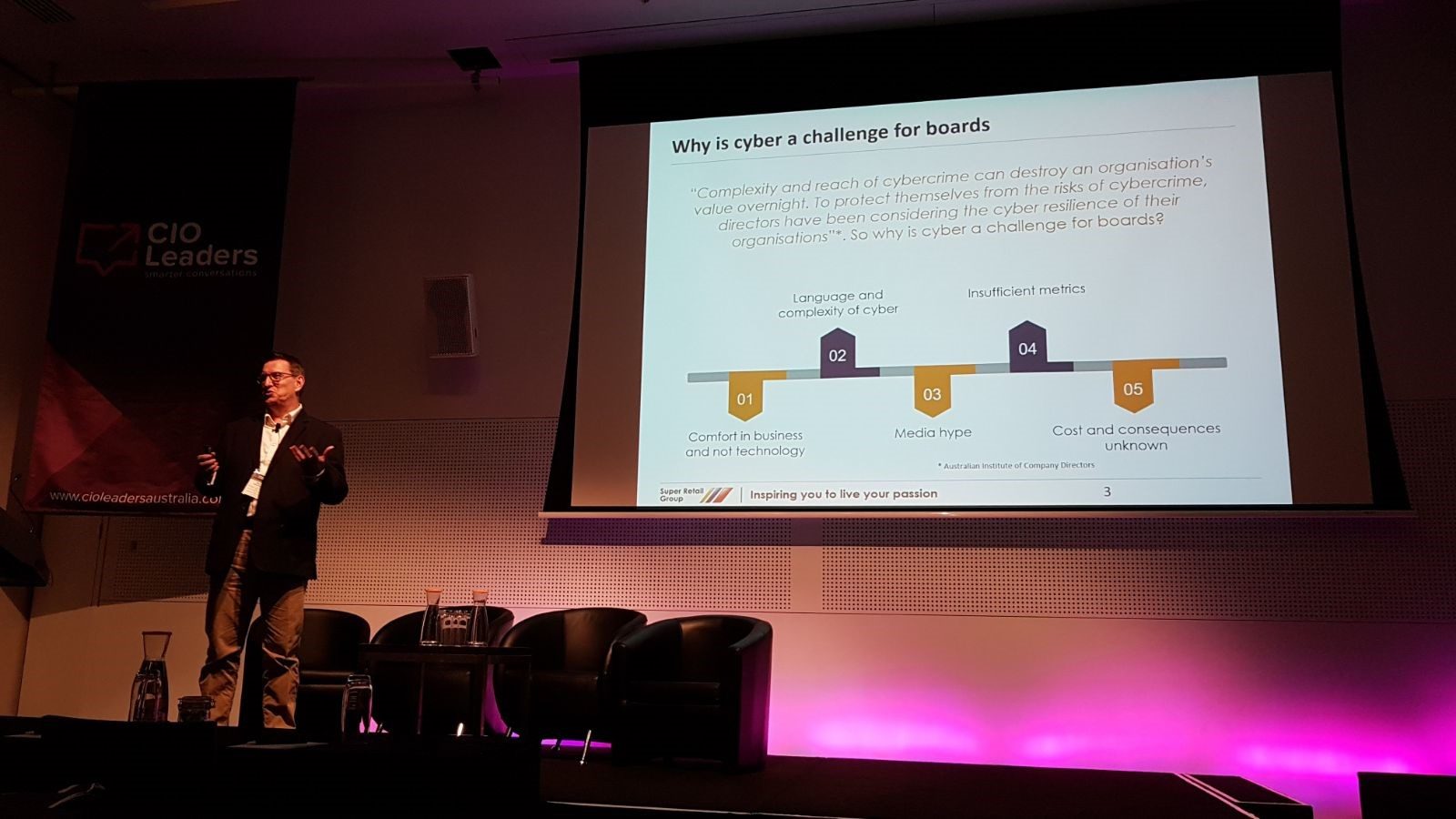


 Who are Cloudera and what is their position in the Australian IT Security landscape?
Who are Cloudera and what is their position in the Australian IT Security landscape?